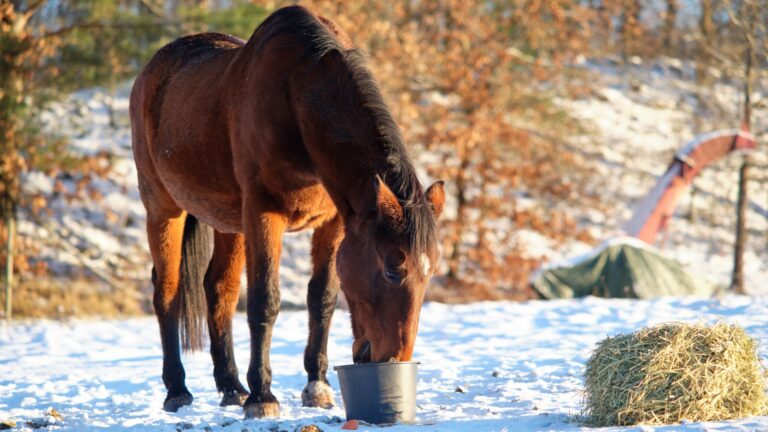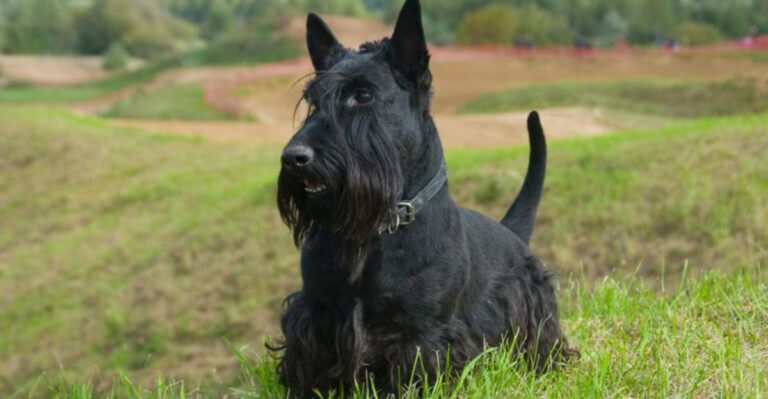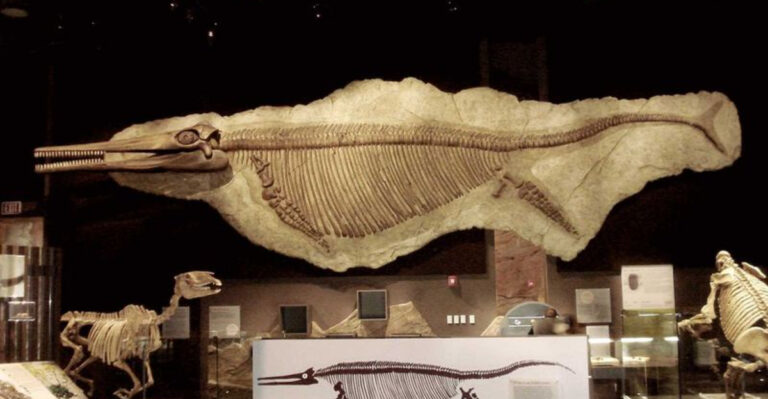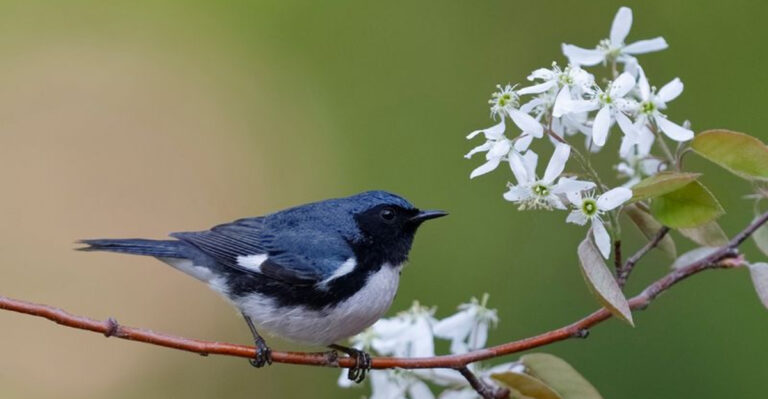15 Surprising Similarities Between Reptiles And Mammals

Reptiles and mammals might seem worlds apart, but they share some intriguing similarities that often go unnoticed.
From shared anatomical features to surprising behavioral traits, these two different classes of animals have more in common than one might think.
Join us on this exploration of fascinating ways reptiles and mammals are more alike than you’d expect.
1. Warm-Blooded Traits
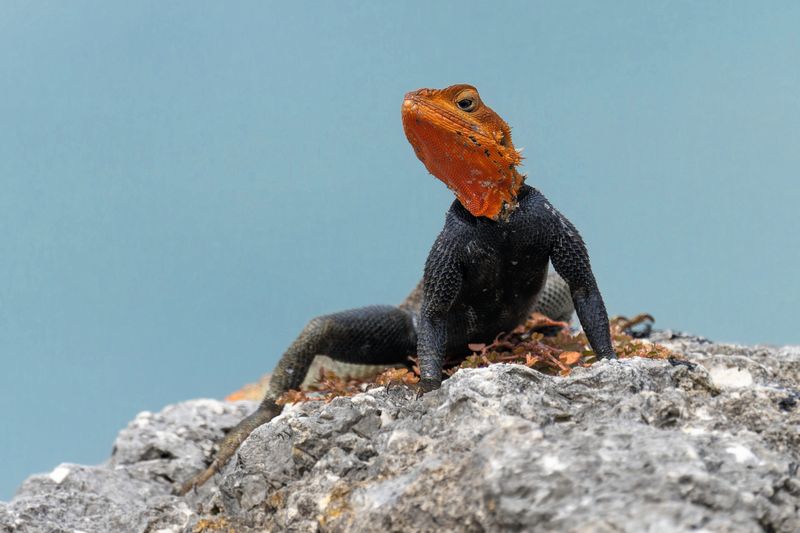
Think warm-blooded is a mammalian exclusive? Interestingly, some reptiles, like certain fast-moving lizards, can elevate their body temperature through muscle activity.
While not truly endothermic, this ability blurs the lines between the cold-blooded and warm-blooded divide.
2. Complex Hearts
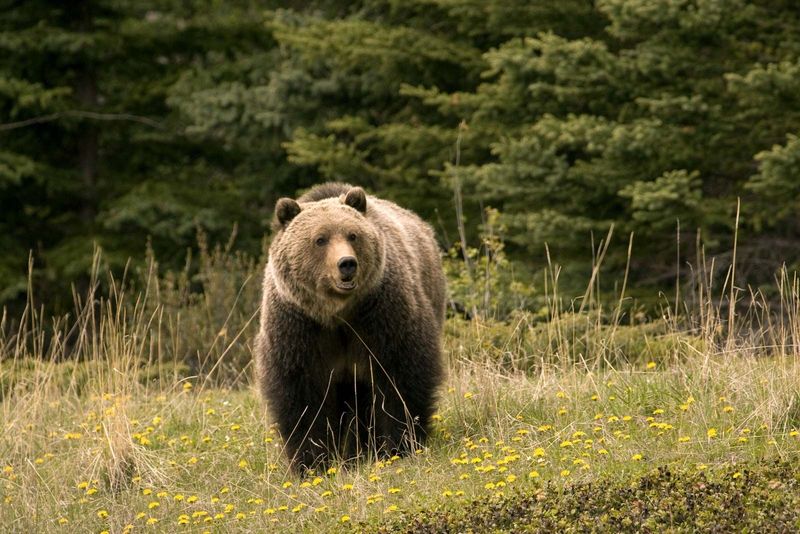
Despite their differences, reptiles and mammals share a penchant for intricate cardiovascular systems. Many reptiles have a three-chambered heart that resembles the more advanced four-chambered version found in mammals.
This similarity demonstrates nature’s efficiency in evolving complex structures, ensuring circulatory success whether slithering or strolling.
3. Parental Care
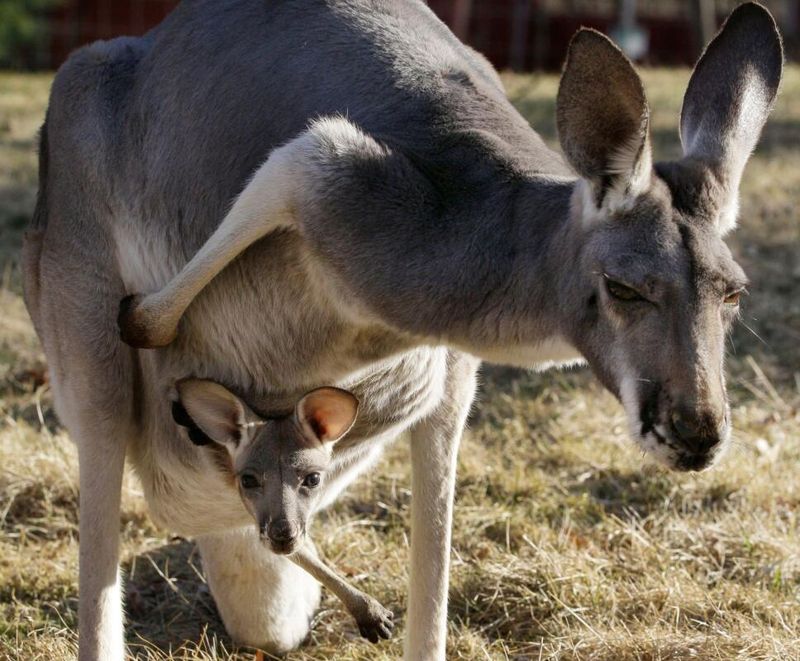
Who said reptiles aren’t caring parents? Some, like crocodiles, demonstrate astonishing parental instincts. They vigilantly guard their nests and even assist hatchlings to water.
Mammals, known for nurturing, share this tender trait. It seems that across scales and fur, protective parenting is a universal language, providing the next generation a head start.
4. Territorial Behaviors
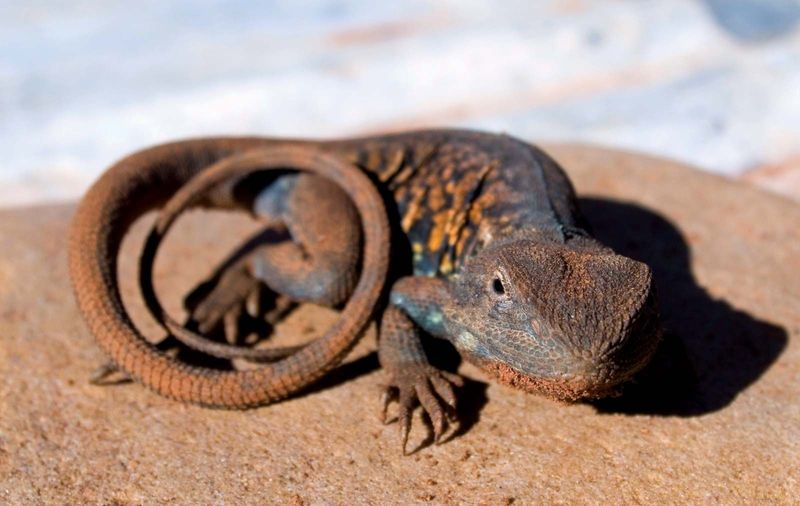
Territory wars aren’t exclusive to mammals; reptiles, too, defend their claims with fierce determination. Take the iguana, flaunting its colors and engaging in push-up displays, much like mammals marking and defending their land.
This shared territorial behavior reveals a universal instinct to protect what’s theirs, whether it’s a cozy den or a sun-drenched rock.
5. Communication Methods
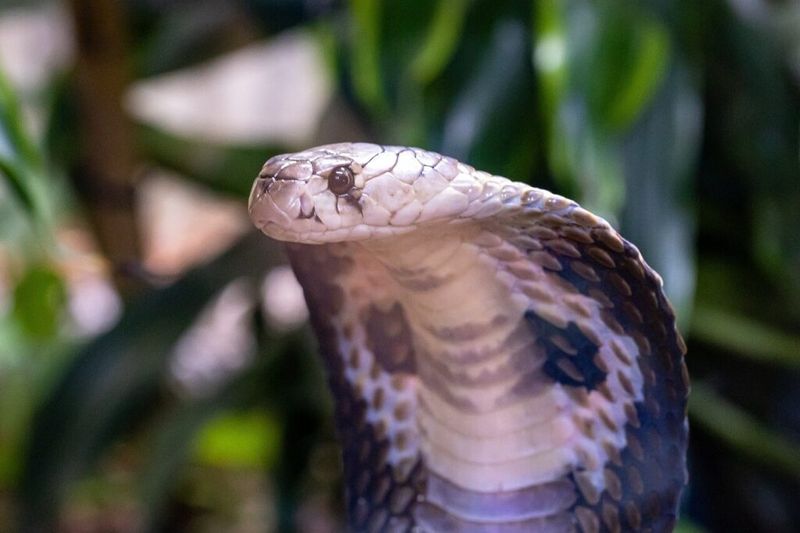
Communication across species can be quite creative. Both reptiles and mammals utilize diverse methods to convey messages.
Reptiles may use color changes or body language, much like mammals vocalize or use scent marking.
This similarity underscores a shared need to interact within their environment, ensuring survival and social harmony across scales and fur.
6. Adaptation To Environments
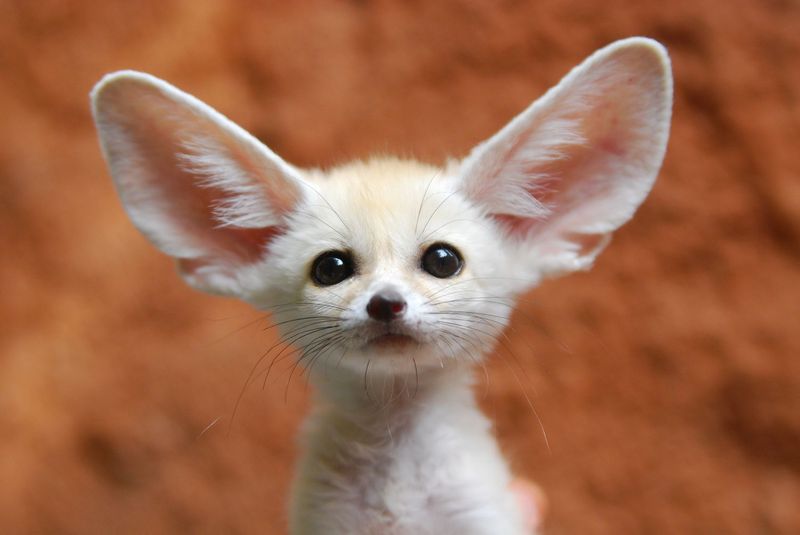
Both reptiles and mammals showcase impressive adaptability. From desert-dwelling lizards to cold-climate mammals, each has evolved unique traits to thrive in specific habitats.
This adaptability reveals nature’s ingenious designs, allowing for survival in varied ecosystems, whether basking on a hot rock or huddled in a snowy burrow.
7. Unique Dentition
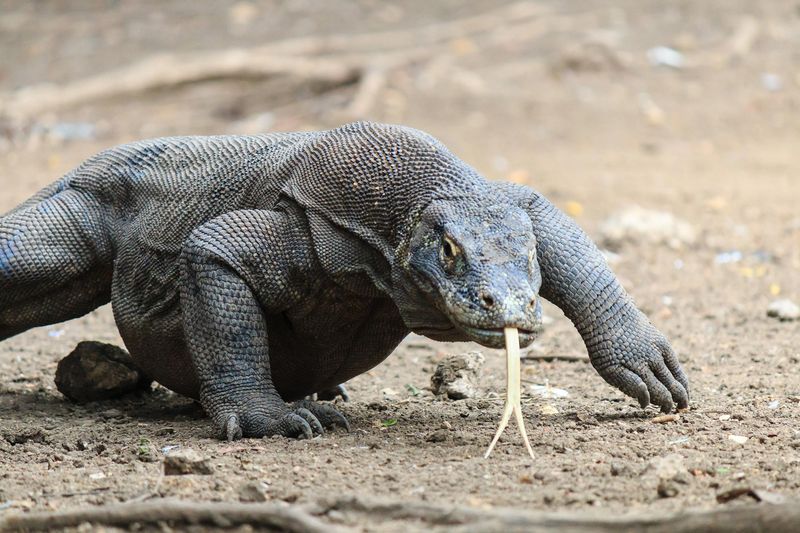
Toothy grins are not just a mammal thing. Reptiles boast a fascinating variety of teeth suited to their diet, much like mammals.
Some reptiles even have specialized teeth for grinding or tearing, akin to molars and canines.
8. Social Structures
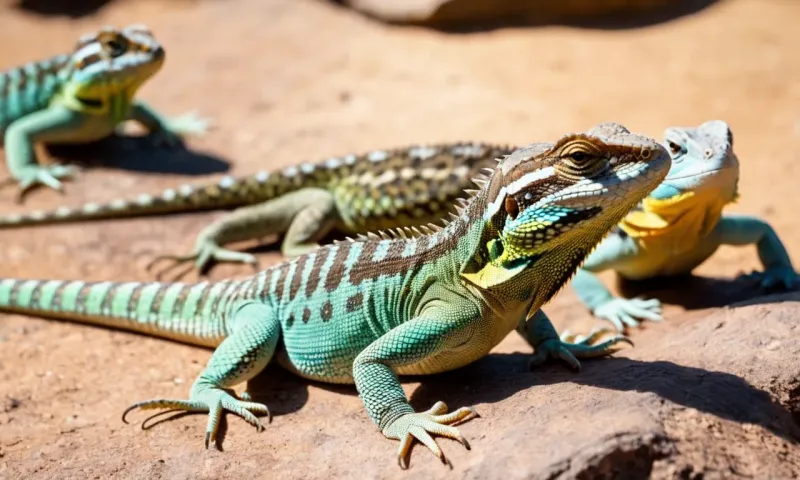
Social networking isn’t just for humans. Some reptiles, like the social lizard species, form complex hierarchies and engage in group behaviors.
Mammals, well-known for their social bonds, share this trait. Whether it’s a pack mentality or a sunning group, these interactions highlight a shared need for community and cooperation.
9. Physical Defense Mechanisms
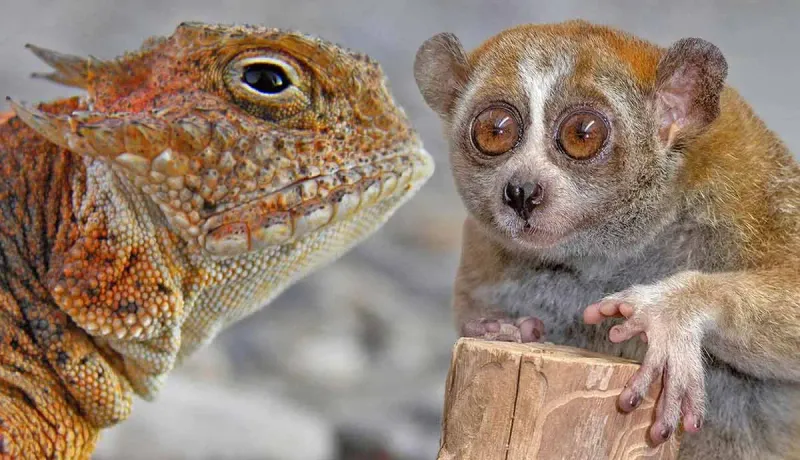
Armor isn’t just for knights – reptiles sport tough, scaly skin as a defense, akin to fur or thick hides in mammals.
These physical traits provide protection against predators and environmental challenges. This shared feature emphasizes nature’s creativity in crafting survival tools across different species.
10. Sensory Capabilities
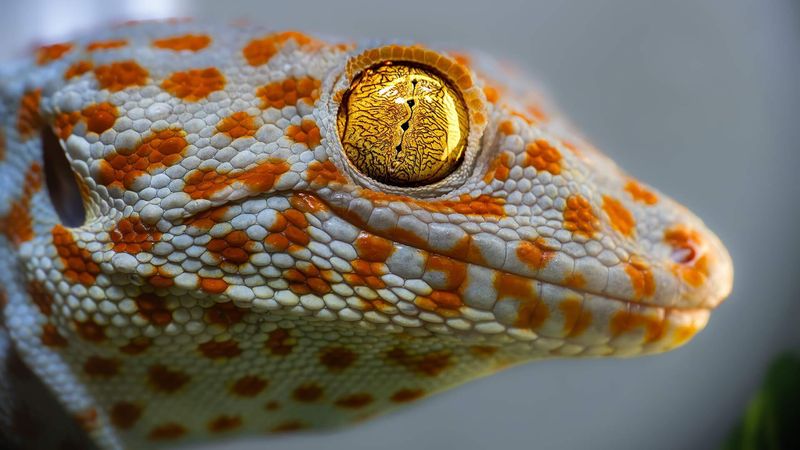
Reptiles, with their heat-sensing pits, can detect subtle changes in their environment. Meanwhile, mammals boast acute hearing or smell.
This sensory prowess is a testament to evolutionary ingenuity, ensuring both reptiles and mammals navigate their worlds with precision and awareness.
11. Breathing Techniques
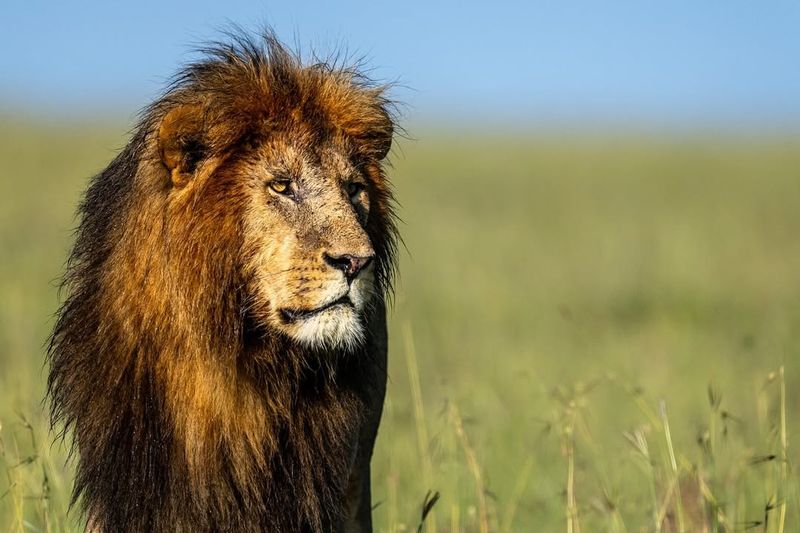
Breathing may seem simple, but the similarities between reptiles and mammals are remarkable. Both have developed efficient lung structures suited to their needs.
Some reptiles even boast a diaphragm-like muscle, bridging the anatomical gap between them and mammals, allowing for optimized oxygen intake with every breath.
12. Homeothermic Abilities
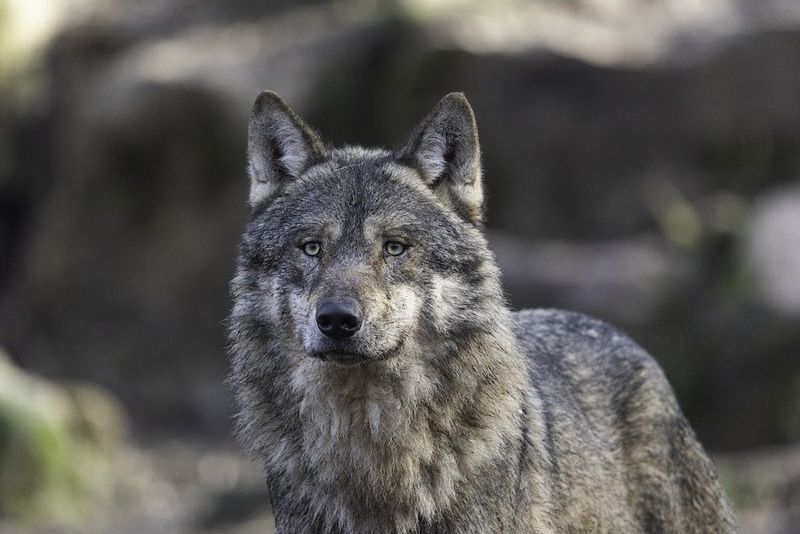
Homeostasis is a game both reptiles and mammals play well. Certain reptilian species maintain stable internal temperatures like mammals, despite external fluctuations.
This ability to regulate ensures survival across diverse environments, showcasing the brilliance of evolutionary adaptations that transcend their cold or warm-blooded distinctions.
13. Reproductive Strategies
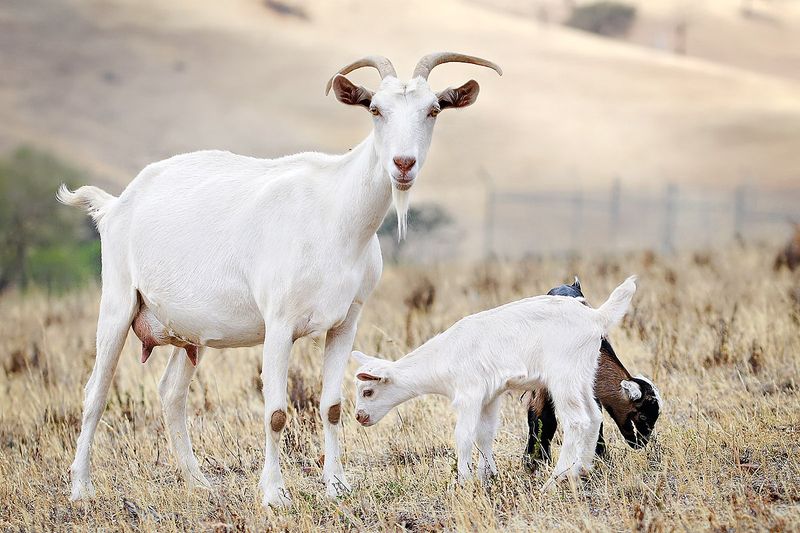
Reptiles and mammals exhibit fascinating reproductive strategies. While most reptiles lay eggs, some give live birth, paralleling mammalian reproduction.
These varied methods highlight nature’s versatility in ensuring species continuation, with both classes displaying unique adaptations, from egg incubation to nurturing live young.
14. Longevity And Lifespan
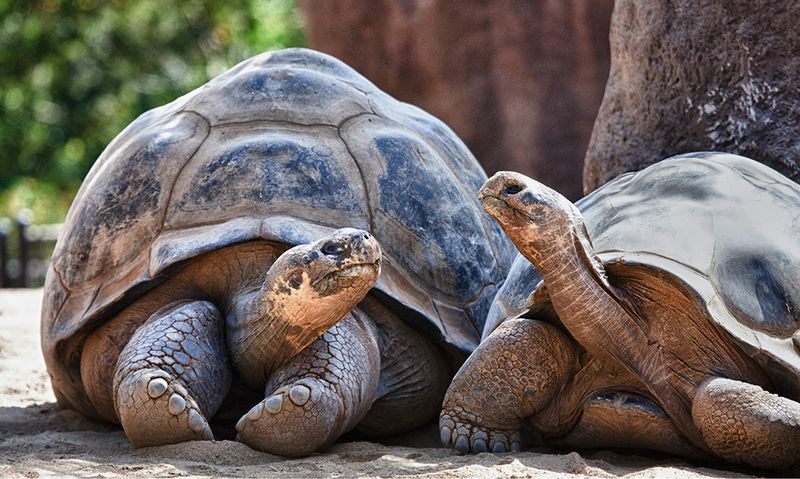
Age is more than just a number. Reptiles like tortoises can live for over a century, rivaling the longevity of some mammals.
This shared potential for extended life provides intriguing insights into biological resilience and the factors that contribute to long, fulfilling animal lives.
15. Metabolic Rates
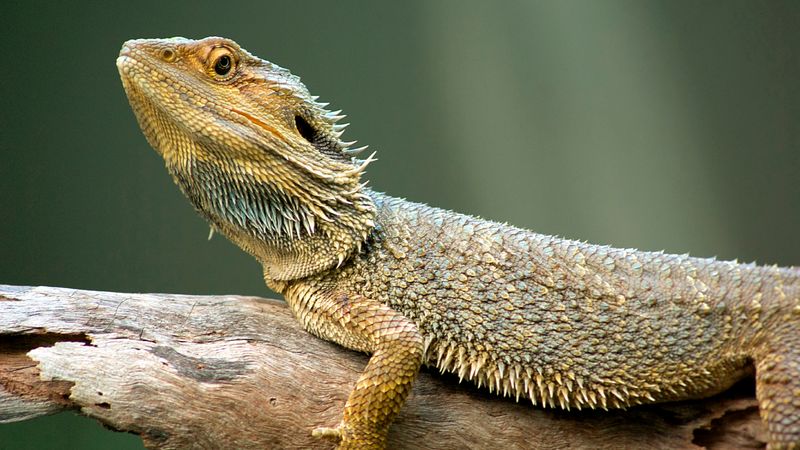
Metabolism may differ, but the goal is the same: energy efficiency. Reptiles conserve energy with slower rates, while mammals burn fuel quickly for activity.
The balance between conservation and expenditure reflects a shared evolutionary strategy to adapt to ecological demands and lifestyle needs.

